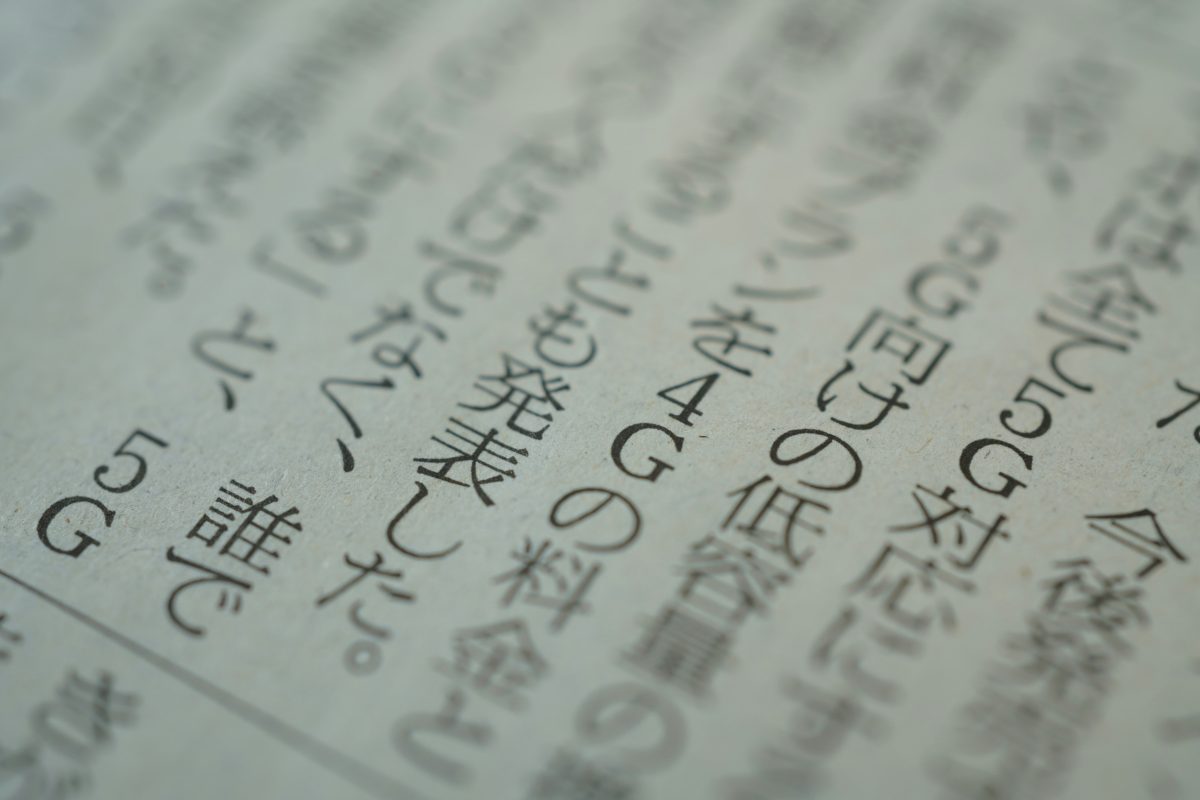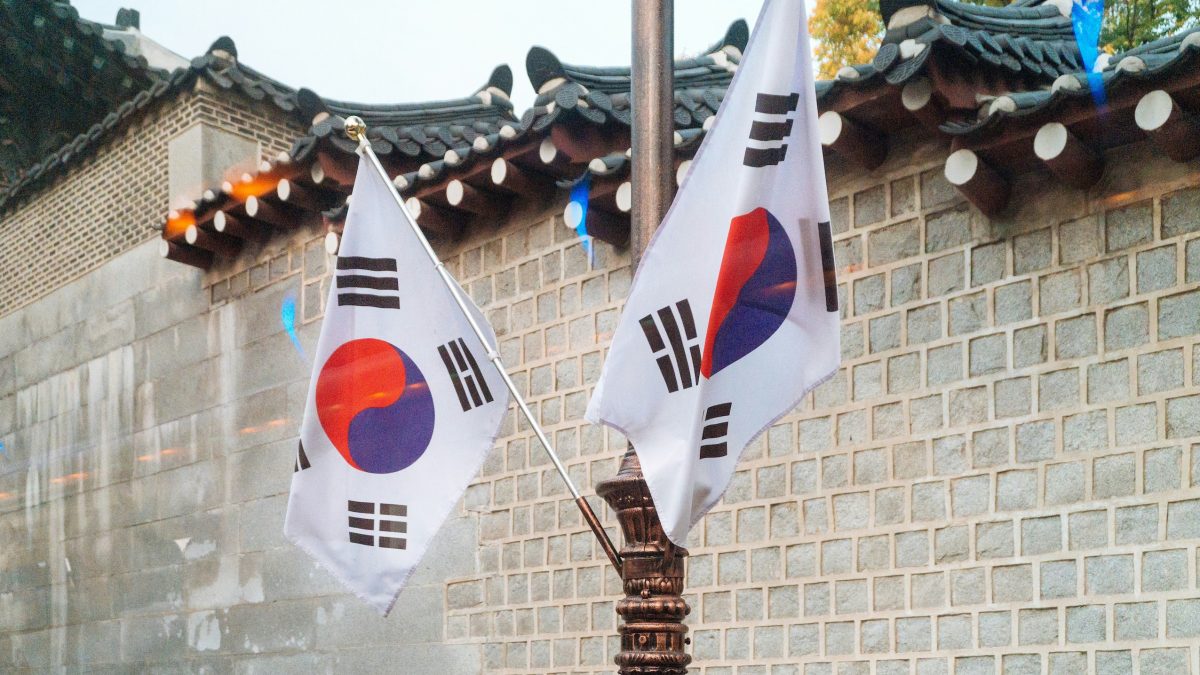
It’s hard to tell whether the pandemic will be over, winding down, or in the midst of yet another resurgence by the time you’re reading this post. But one thing has been certain throughout this ordeal: many people in Asia have had a hard time understanding why so many people in Europe and America have such a problem wearing a facemask.
The difference boils down to culture. Whether the specific reason is attributed to the politicization of Covid response in many Western countries, or the underlying sensitivity towards individual liberties in Western culture, the contrast has been stark between, say, the United States and Japan.
Contents
The view from Japan
In Japan, a country where there are no mask mandates yet people wear them anyway to protect themselves and the people around them, the evening news and daytime talkshows sometimes run video of Westerners “revolting” against mask wearing. Mindboggling from the Japanese perspective, experts are left struggling for a logical explanation to the chaos. One expert’s rather interesting theory on why Westerners tended to be so anti-mask was picked up on TV and digital media.
According to Dr. Akihiro Tanaka, a professor of psychology specializing in cognitive communication at Tokyo Women’s University, the phenomenon can be explained by considering what facial characteristics are important for communication. “A study compared which parts of the face Americans and Japanese read emotion from when looking at emoticons used in emails and other forms of communication. The experiment showed that Japanese people tend to read emotions from the eyes, while Americans tend to read emotions from the mouth. Another study found that Europeans also place more emphasis on the mouth.”
Dr. Tanaka’s theory is unconventional but not unprecedented. In fact, it draws upon research that was published in 2007, way before Covid, by Masaki Yuki of Hokkaido University, William W. Maddux of Northwestern University and Takahiko Masuda of the University of Alberta. Their hypothesis was that, depending on an individual’s cultural background, facial cues in different parts of the face are weighted differently when interpreting emotions. And their research using emoticons and real face photos showed that in Japan, where emotional subduction is the norm, people would focus more strongly on the eyes, while in the U.S., where overt emotional expression is the norm, people would focus more on the mouth to gauge someone’s emotional state or true intentions.
“Japanese people are not so bothered if the mouth is hidden, but Westerners may find it eerie and uncomfortable to wear masks that hide the mouth, which is important for reading the emotions of others. It’s similar to the way Japanese people feel when they see a person wearing sunglasses that hide the eyes, which comes across as a bit scary.” says Dr. Tanaka.
Western emoticon vs. Japanese kaomoji
The emoticons or “smileys” used by Westerners, like :-) :-( :-D :-P :-o :-< rely on the shape of the mouth to express emotion. By contrast, with the Japanese version known as kaomoji, different emotions are expressed by changing the character representing the eyes. The most common happy face is (^_^), with variations including (^o^) (^.^) and so on, even (^^) which omits the mouth altogether. Changing the eyes to “T” results in an expression of crying: (T_T) (ToT). Stress and anxiety look like (x_x), (@_@) and (-_-;) with the semicolon representing a nervous sweat drop.
Of course, we shouldn’t overlook the fact that the Western emoticon using only 8-bit ASCII characters was essentially fixed soon after being introduced by computer scientist Scott Fahlman in 1982, and hence their relative simplicity. Kaomoji were introduced on ASCII NET of Japan in 1986 and evolved separately, exploding among Japanese young people using them in their text messages, and harnessing a wider character set including 16-bit characters to enable more creative expressions like (´ε` )♥, (⊙ꇴ⊙), ヽ(≧Д≦)ノ, ٩(ˊᗜˋ*)و and ꉂ л̵ʱªʱªʱª (ᕑᗢूᓫ∗). So the timing (four years later) and environment (more usable characters) no doubt had an effect on Japanese emoticons, but the fact that Western smileys :-) were not embraced by Japanese people suggests that mouth-centric expressions of emotion didn’t quite cut it in their culture.
*This video shows Japanese emoticons in Japanese and English.
High-context vs. low-context culture
English is a Germanic language, and Germanic-language culture is what’s called a low-context culture. The Japanese language, like many other Asian languages on the other hand, comes from a high-context culture. Communication in low-context cultures is straightforward (although there are exceptions like sarcasm), while communication in high-context cultures is far more nuanced and indirect. Here are the characteristics in a nutshell.

These differences manifest themselves in dramatically different responses to Covid countermeasures. Japanese measures are request-based, no mandates necessary, because context tells them that “we request your cooperation” could actually mean more like “cooperate or else.” And even those who dislike masks wear them anyway because peer pressure is a powerful motivator in Japan.
*This video describes in English the characteristics of High Context cultures which emphasize non-verbal forms of communication, and Low Context cultures which place more emphasis on clearly communicating everything verbally.
As it turns out though, mask-wearing was already common in Japan before Covid struck, especially during the winter (cold season) and spring (allergy season). So wearing a mask during the pandemic was merely an extension of natural behavior. Added to this, bowing is a more common greeting in Japan than hand-shaking, so contact is minimal, and people wash or wipe their hands habitually to begin with, making it easier to prevent the spread of the virus.
A smile is easy to fake, but true intentions are harder to conceal in the eyes. So in Japanese there’s the phrase megawarattenai (目が笑ってない; eyes are not smiling) when referring to someone with a grinning mouth but eyes that look angry or menacing, indicating how eye expressions are considered important. Then as a more recent addition to the Japanese lexicon, there’s the phrase kao-pantsu (顔パンツ; underpants for the face), indicating how going maskless these days would make some people feel way too exposed and vulnerable.
Remember this cultural difference if you’re ever dealing with Japanese or other languages that are considered high-context. Because whether it’s a written piece that you need translated to or from a high-context language, or you’re gearing up to do business in a country with a high-context culture, you need to be extra careful of the hidden meaning behind the words presented to you (or not), or of conveying any unintended negative meaning by what you say.
Douglass McGowan
Subscribe





